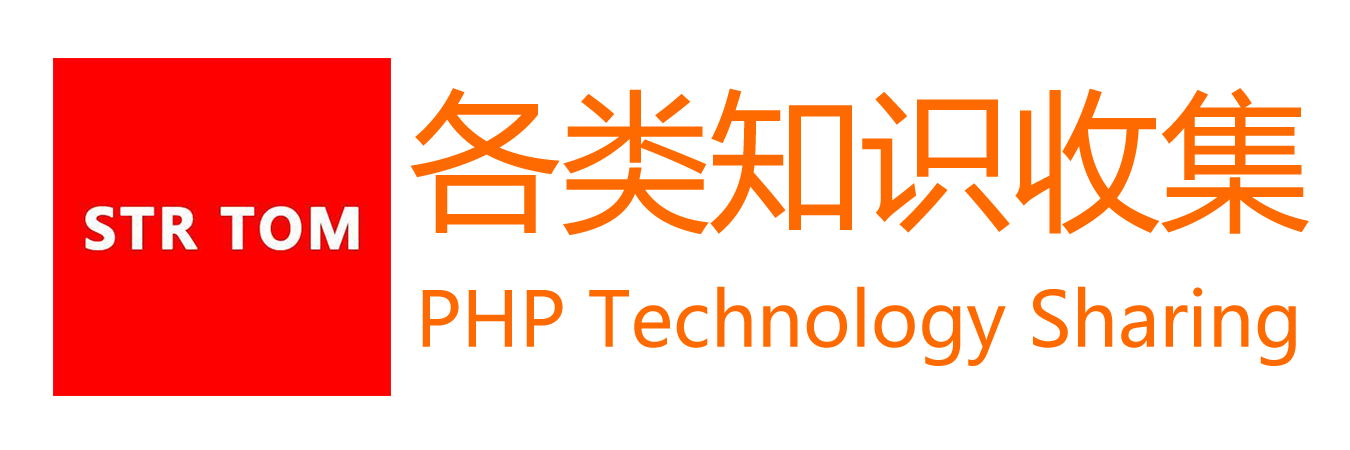
使用 PHP 作为服务器端语言与 Web 前端进行交互是一种常见的开发模式。PHP 可以处理 HTTP 请求(如 GET、POST),并返回 JSON、HTML 或其他格式的数据,供前端使用。以下是实现 PHP 服务器与 Web 前端交互的详细步骤和示例代码。
实现思路
前端:
使用 HTML 和 JavaScript 构建用户界面。
通过
fetch或XMLHttpRequest发送 HTTP 请求到 PHP 服务器。接收 PHP 返回的数据并更新页面。
后端(PHP):
接收前端发送的请求(GET、POST 等)。
处理请求(如查询数据库、处理表单数据等)。
返回 JSON 或 HTML 格式的响应。
数据格式:
通常使用 JSON 格式进行数据交换,因为 JSON 易于解析且与 JavaScript 兼容。
示例:用户登录交互
以下是一个简单的用户登录示例,展示前端与 PHP 服务器的交互。
1. 前端代码(HTML + JavaScript)
<!DOCTYPE html><html lang="zh-CN"><head>
<meta charset="UTF-8">
<meta name="viewport" content="width=device-width, initial-scale=1.0">
<title>用户登录</title></head><body>
<h1>用户登录</h1>
<form id="loginForm">
<input type="text" id="username" name="username" placeholder="用户名" required>
<input type="password" id="password" name="password" placeholder="密码" required>
<button type="submit">登录</button>
</form>
<p id="responseMessage"></p>
<script>
// 监听表单提交事件
document.getElementById('loginForm').addEventListener('submit', function (e) {
e.preventDefault(); // 阻止表单默认提交行为
// 获取表单数据
const username = document.getElementById('username').value;
const password = document.getElementById('password').value;
// 发送 POST 请求到 PHP 服务器
fetch('login.php', {
method: 'POST',
headers: {
'Content-Type': 'application/json'
},
body: JSON.stringify({ username: username, password: password })
})
.then(response => response.json()) // 解析 JSON 响应
.then(data => {
// 显示服务器返回的消息
document.getElementById('responseMessage').textContent = data.message;
})
.catch(error => {
console.error('请求失败:', error);
});
}); </script></body></html>2. 后端代码(PHP)
创建一个 login.php 文件,用于处理前端发送的登录请求。
<?phpheader('Content-Type: application/json'); // 设置响应头为 JSON 格式// 模拟用户数据(实际应从数据库查询)$validUsername = 'admin';$validPasswordHash = password_hash('123456', PASSWORD_DEFAULT); // 假设密码是 123456// 获取前端发送的 JSON 数据$input = json_decode(file_get_contents('php://input'), true);$username = $input['username'] ?? '';$password = $input['password'] ?? '';// 验证用户名和密码if ($username === $validUsername && password_verify($password, $validPasswordHash)) {
$response = [
'status' => 'success',
'message' => '登录成功!'
];} else {
$response = [
'status' => 'error',
'message' => '用户名或密码错误!'
];}// 返回 JSON 响应echo json_encode($response);?>示例:获取用户列表
以下是一个从 PHP 服务器获取用户列表并显示在前端的示例。
1. 前端代码(HTML + JavaScript)
<!DOCTYPE html><html lang="zh-CN"><head>
<meta charset="UTF-8">
<meta name="viewport" content="width=device-width, initial-scale=1.0">
<title>用户列表</title></head><body>
<h1>用户列表</h1>
<button id="loadUsers">加载用户</button>
<ul id="userList"></ul>
<script>
// 监听按钮点击事件
document.getElementById('loadUsers').addEventListener('click', function () {
// 发送 GET 请求到 PHP 服务器
fetch('get_users.php')
.then(response => response.json()) // 解析 JSON 响应
.then(data => {
const userList = document.getElementById('userList');
userList.innerHTML = ''; // 清空列表
// 将用户数据添加到列表中
data.forEach(user => {
const li = document.createElement('li');
li.textContent = user.name;
userList.appendChild(li);
});
})
.catch(error => {
console.error('请求失败:', error);
});
}); </script></body></html>2. 后端代码(PHP)
创建一个 get_users.php 文件,用于返回用户列表。
<?phpheader('Content-Type: application/json'); // 设置响应头为 JSON 格式// 模拟用户数据(实际应从数据库查询)$users = [
['id' => 1, 'name' => '张三'],
['id' => 2, 'name' => '李四'],
['id' => 3, 'name' => '王五']];// 返回 JSON 响应echo json_encode($users);?>示例:文件上传
以下是一个文件上传的示例,展示如何通过前端上传文件到 PHP 服务器。
1. 前端代码(HTML + JavaScript)
<!DOCTYPE html><html lang="zh-CN"><head>
<meta charset="UTF-8">
<meta name="viewport" content="width=device-width, initial-scale=1.0">
<title>文件上传</title></head><body>
<h1>文件上传</h1>
<form id="uploadForm">
<input type="file" id="file" name="file" required>
<button type="submit">上传</button>
</form>
<p id="responseMessage"></p>
<script>
// 监听表单提交事件
document.getElementById('uploadForm').addEventListener('submit', function (e) {
e.preventDefault(); // 阻止表单默认提交行为
// 获取文件
const fileInput = document.getElementById('file');
const file = fileInput.files[0];
// 创建 FormData 对象
const formData = new FormData();
formData.append('file', file);
// 发送 POST 请求到 PHP 服务器
fetch('upload.php', {
method: 'POST',
body: formData
})
.then(response => response.json()) // 解析 JSON 响应
.then(data => {
// 显示服务器返回的消息
document.getElementById('responseMessage').textContent = data.message;
})
.catch(error => {
console.error('请求失败:', error);
});
}); </script></body></html>2. 后端代码(PHP)
创建一个 upload.php 文件,用于处理文件上传。
<?phpheader('Content-Type: application/json'); // 设置响应头为 JSON 格式// 检查是否有文件上传if (isset($_FILES['file']) && $_FILES['file']['error'] === UPLOAD_ERR_OK) {
$uploadDir = 'uploads/'; // 上传目录
$uploadFile = $uploadDir . basename($_FILES['file']['name']);
// 移动文件到上传目录
if (move_uploaded_file($_FILES['file']['tmp_name'], $uploadFile)) {
$response = [
'status' => 'success',
'message' => '文件上传成功!'
];
} else {
$response = [
'status' => 'error',
'message' => '文件上传失败!'
];
}} else {
$response = [
'status' => 'error',
'message' => '未接收到文件!'
];}// 返回 JSON 响应echo json_encode($response);?>总结
通过 PHP 与前端进行交互,可以实现动态网页功能。关键点包括:
前端使用
fetch或XMLHttpRequest发送请求。PHP 接收请求并处理数据,返回 JSON 或 HTML 响应。
使用 JSON 格式进行数据交换,便于前后端解析。
以上示例涵盖了常见的交互场景(登录、获取数据、文件上传),可以根据实际需求进行扩展和优化。
希望以上内容对你有所帮助!如果还有其他问题,请随时提问。 各类知识收集 拥有多年CMS企业建站经验,对 iCMS, LeCMS, ClassCMS, Fastadmin, PbootCMS, PHPCMS, 易优CMS, YzmCMS, 讯睿CMS, 极致CMS, Wordpress, HkCMS, YznCMS, WellCMS, ThinkCMF, 等各类cms的相互转化,程序开发,网站制作,bug修复,程序杀毒,插件定制都可以提供最佳解决方案。


